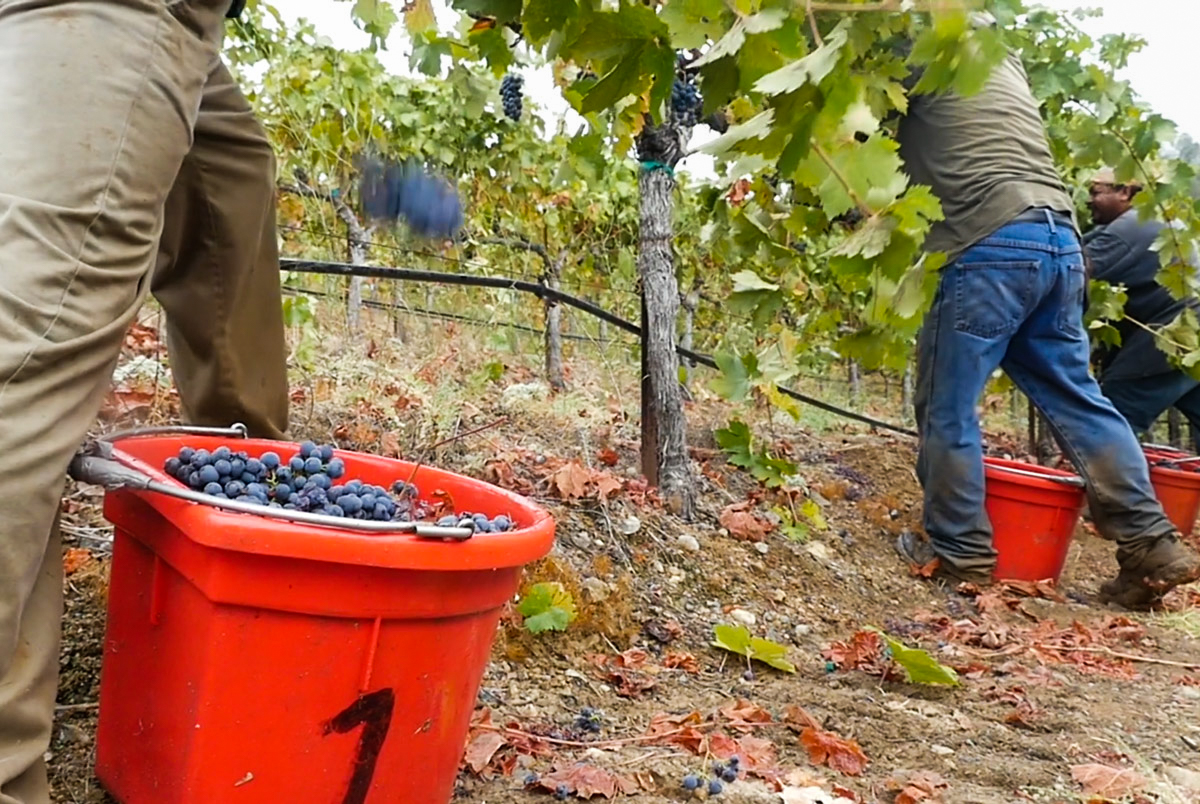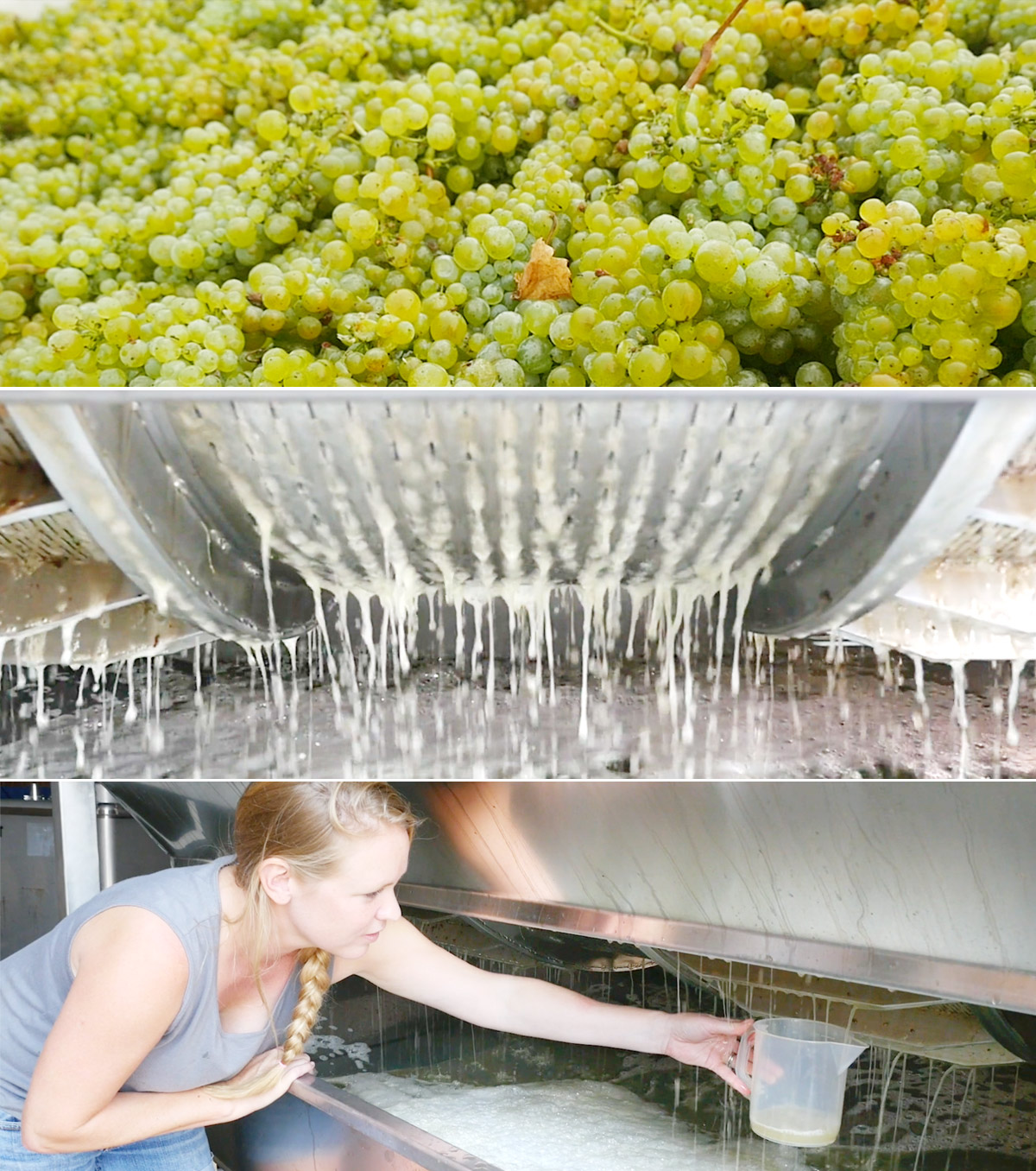Wine Making in Spain: A Journey Through Tradition and Innovation
Spain's Rich Wine History
Spain boasts a long and illustrious history of winemaking that dates back to ancient times. Phoenicians, Romans, and Moors have all contributed to Spain's viticultural heritage, establishing it as one of the world’s foremost wine-producing nations. Today, Spain is celebrated for having the largest vineyard area globally and a diverse climate that nurtures a wide variety of grape varieties.
 Key Wine Regions and Varieties
Key Wine Regions and Varieties
Spain is home to several renowned wine regions, each offering unique varieties:

The Winemaking Process in Spain The winemaking process in Spain is a blend of traditional methods and modern innovations:
- Harvesting: Grapes are typically harvested in the fall. While some vineyards use machinery, many premium wines still rely on hand-picking to ensure the highest quality fruit.
- Destemming and Crushing: After harvest, grapes are destemmed and crushed. For red wines, the skins remain with the juice to impart color and tannins. For white wines, skins are removed early to produce a clearer juice.
- Fermentation: The grape must undergoes alcoholic fermentation, where yeast converts sugars into alcohol and carbon dioxide. This can be done using commercial yeasts or naturally occurring wild yeasts.
- Aging: Aging can take place in various vessels, including stainless steel tanks, clay amphorae, or oak barrels. The choice of vessel affects the wine’s final flavor profile. Oak barrels, especially, add complex flavors like vanilla and spice.
- Racking and Bottling: After fermentation and aging, the wine is racked to separate it from sediment, and then it is bottled. Some wines may undergo additional aging in the bottle before release.
Unique Spanish Techniques
- Carbonic Maceration: This technique, often used in Rioja, involves fermenting whole grape clusters in a carbon dioxide-rich environment, resulting in fruity, low-tannin wines.
- Amphora Aging: Some traditional Spanish winemakers use clay amphorae for fermentation and aging, a method that dates back centuries and imparts unique flavors to the wine
Sustainability and Innovation Modern Spanish winemakers are increasingly adopting sustainable practices, balancing traditional methods with innovative techniques to enhance quality and environmental stewardship.
Conclusion
From hand-picking grapes in the picturesque vineyards of La Rioja to the intricate aging processes in Jerez, Spanish winemaking is a testament to a rich heritage blended with modern innovation. Whether you’re sipping a robust Tempranillo or a crisp Albariño, each glass of Spanish wine tells a story of tradition, craftsmanship, and the passionate pursuit of excellence.
For more details and a visual journey through the winemaking process, explore these sources:
- Vinissimus on Spanish Winemaking
- Wine Folly's Illustrated Guide
- Socarrat's Insights on Spanish Wines



